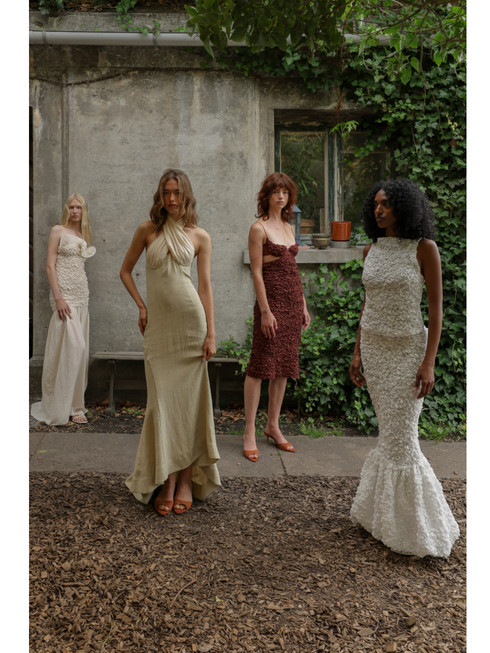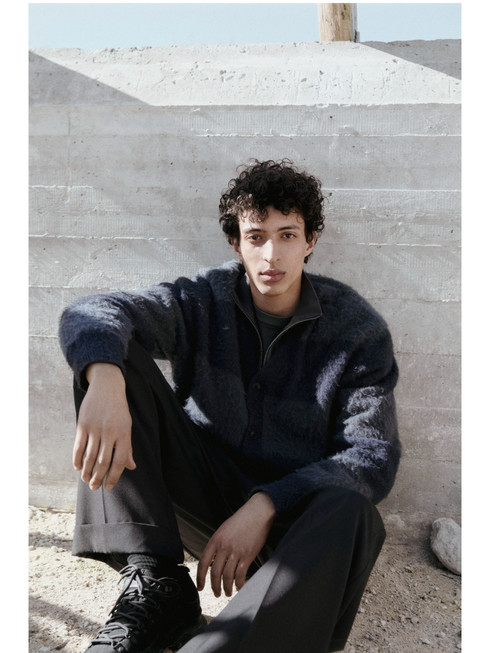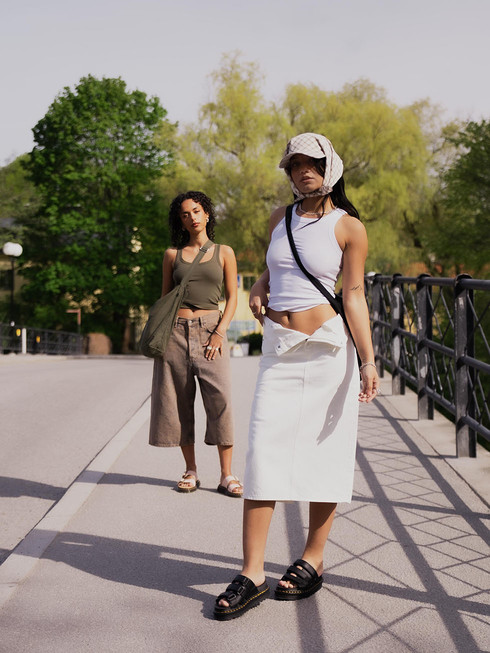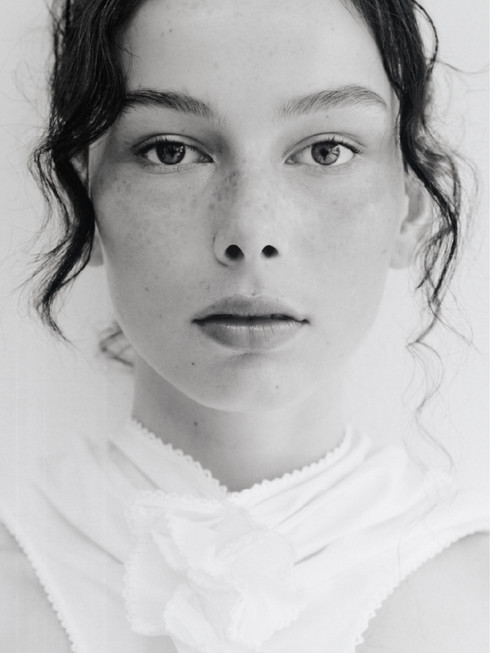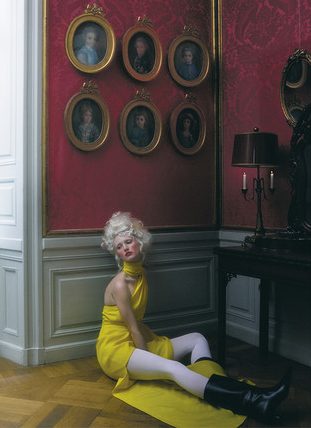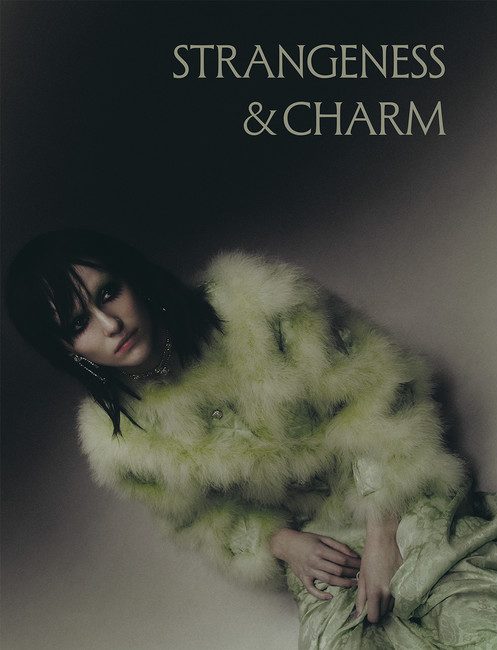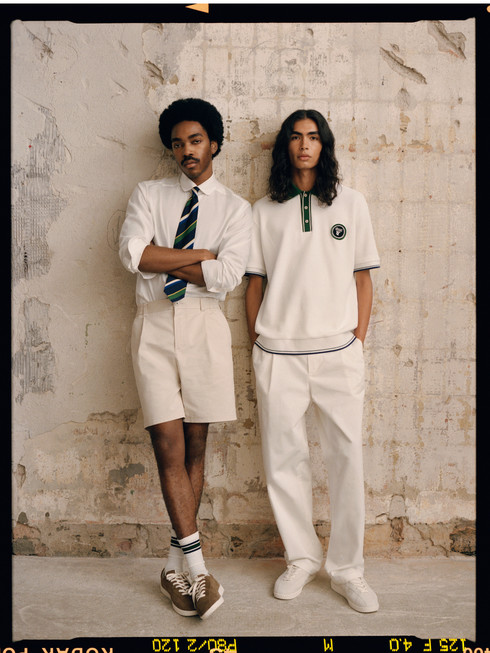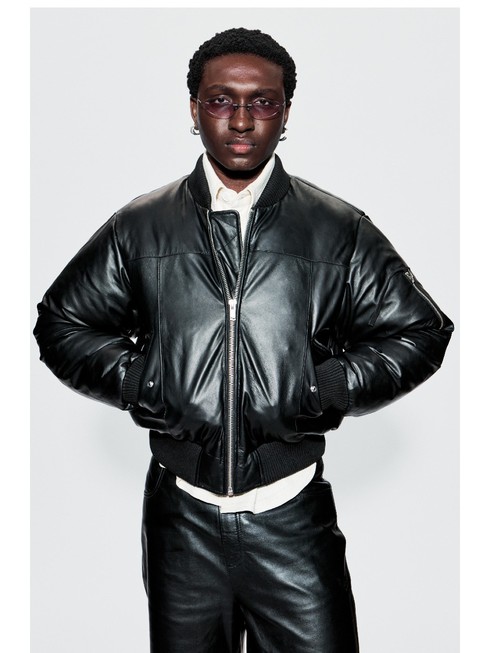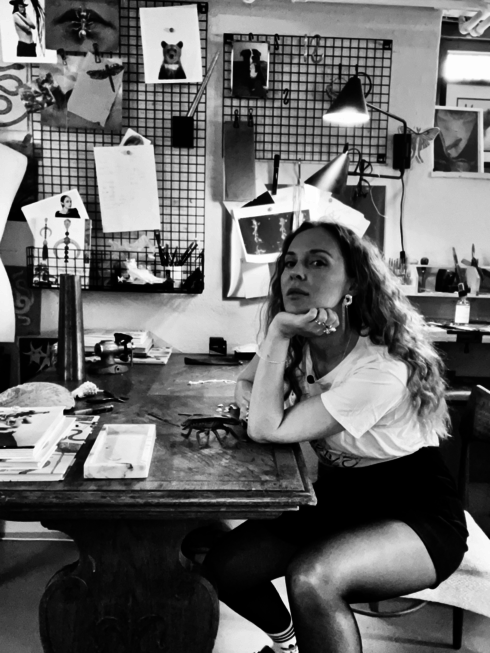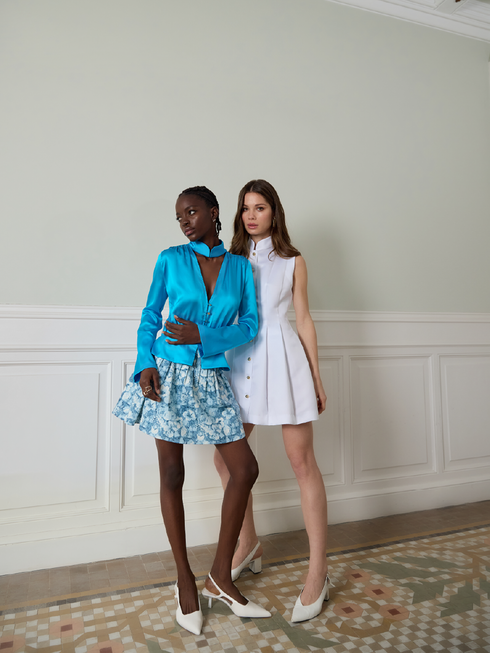An interview with TG Botanical on their SS26 collection
An interview with TG Botanical on their SS26 collection Written by Ulrika Lindqvist With ruching that mimics the curl of petals and silhouettes sculpted like growing vines, TG Botanical’s SS26 collection is a study in organic form and quiet transformation. Inspired by gardens, soil, and the sensation of life returning, each piece carries the tactile poetry of nature. Founder Tetyana Chumak describes the collection as a ‘garden of awakening’, where sensual textures, earthy tones, and experimental techniques take center stage. In conversation with Odalisque, she reveals how beauty, even in chaos, becomes a kind of resistance. Ulrika Lindqvist: Please tell us about the process in creating the SS26 presentation? Tetyana Chumak: The preparation process this season was especially complex and emotionally charged. Our creative team works from different corners of the world, mostly online, while all production is based in Kyiv, where airstrikes continue. This creates a constant background of anxiety and stress. And yet, we continue to experiment and search for new forms of expression. For example, during the development of this collection, a new signature technique emerged — an elastic thread ruching that creates organic, sculptural textures. It was born in chaos: something that worked perfectly yesterday may fall apart today due to fatigue or emotional strain. Still, we move forward. This is the essence of TG Botanical — growth, even in the face of instability. UL: How did you choose the location for the presentation? TC: At the core of TG Botanical’s identity lies earth, plants, and life. It’s about connection to nature and inner stillness. That’s why, when presenting in Copenhagen during the summer, we always choose open-air, natural surroundings. We want to show clothing among trees, grass, living light, and the breath of the earth. It’s essential to us that everything — the space, the atmosphere — amplifies the meaning of the collection. UL: What does the SS26 collection represent and what was the main inspiration for this collection? TC: SS26 is a garden of awakening. The collection speaks to an inner blooming — the moment when one feels life returning within. In this context, spring is not just a season, but a state of being. We drew inspiration from gardens, plants, berries, soil textures, and the softness of petals. It’s about returning to oneself, to natural sensuality, to a kind of beauty that grows from within. UL: What was the biggest challenge creating your SS26 collection? TC: The biggest challenge was continuing to create while everything around us remained uncertain and filled with anxiety. There were moments when it felt like the show wouldn’t happen at all — I wasn’t in Ukraine at the time and felt helpless, while still carrying full responsibility for the team and creative direction. It’s incredibly hard to make something beautiful when you don’t know what tomorrow brings. But in those very moments, creativity becomes a means of survival — a way to tell the world: we are still here. UL: How would you describe the TG Botanical customer? TC: Our customer seeks depth, aesthetics, and a connection to nature. This is someone who feels. Someone who chooses not just garments, but a state of being. They care about how things are made, from what, and the journey each piece has taken. They are attentive — to detail, to themselves, and to the world around them. UL: What can we expect from TG Botanical in the future? TC: Magic. We believe in the power of beauty, even in the most difficult times. We will continue to explore new shapes, techniques, and materials — always staying true to ourselves, to nature, and to the values we hold dear.

